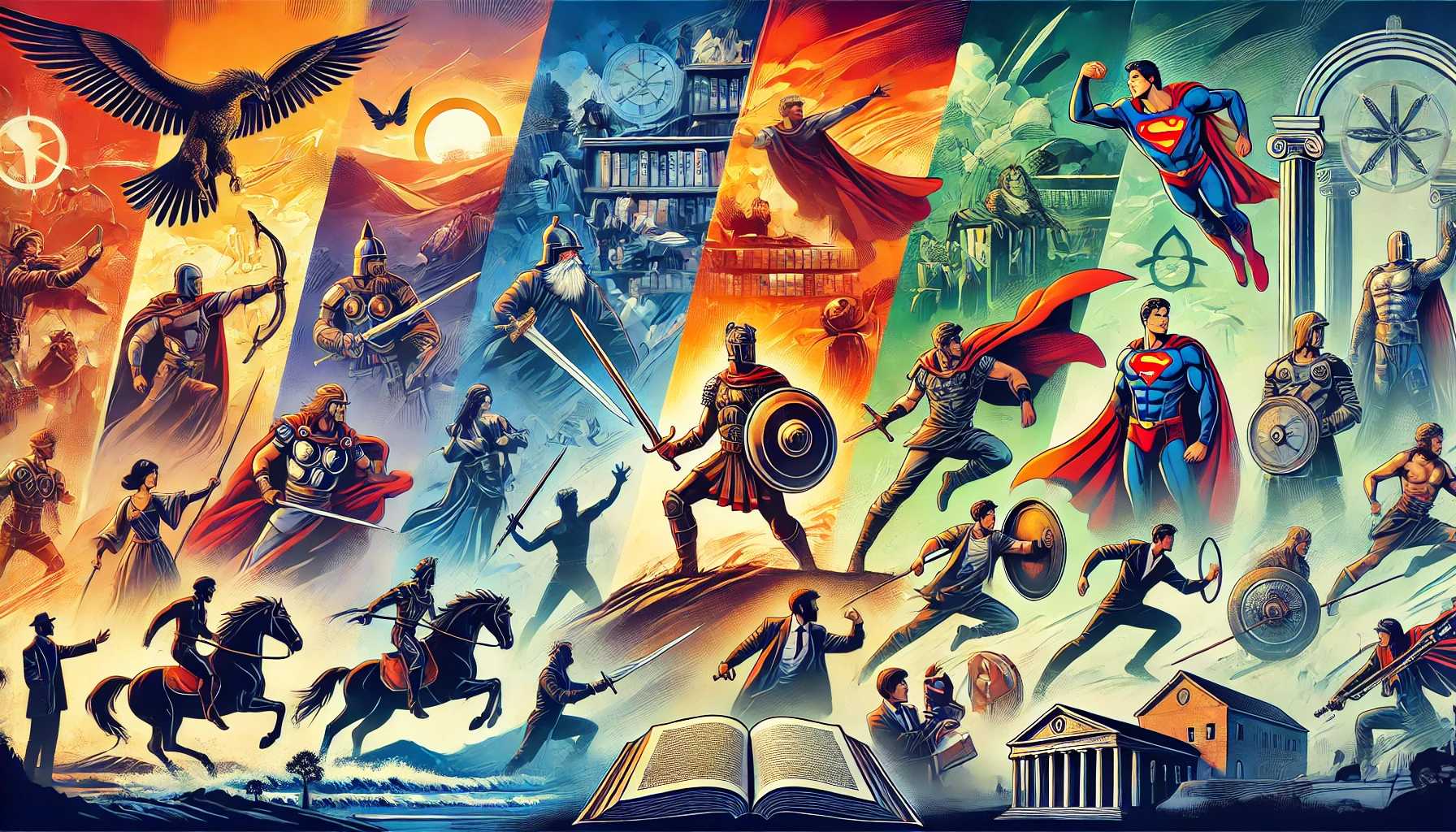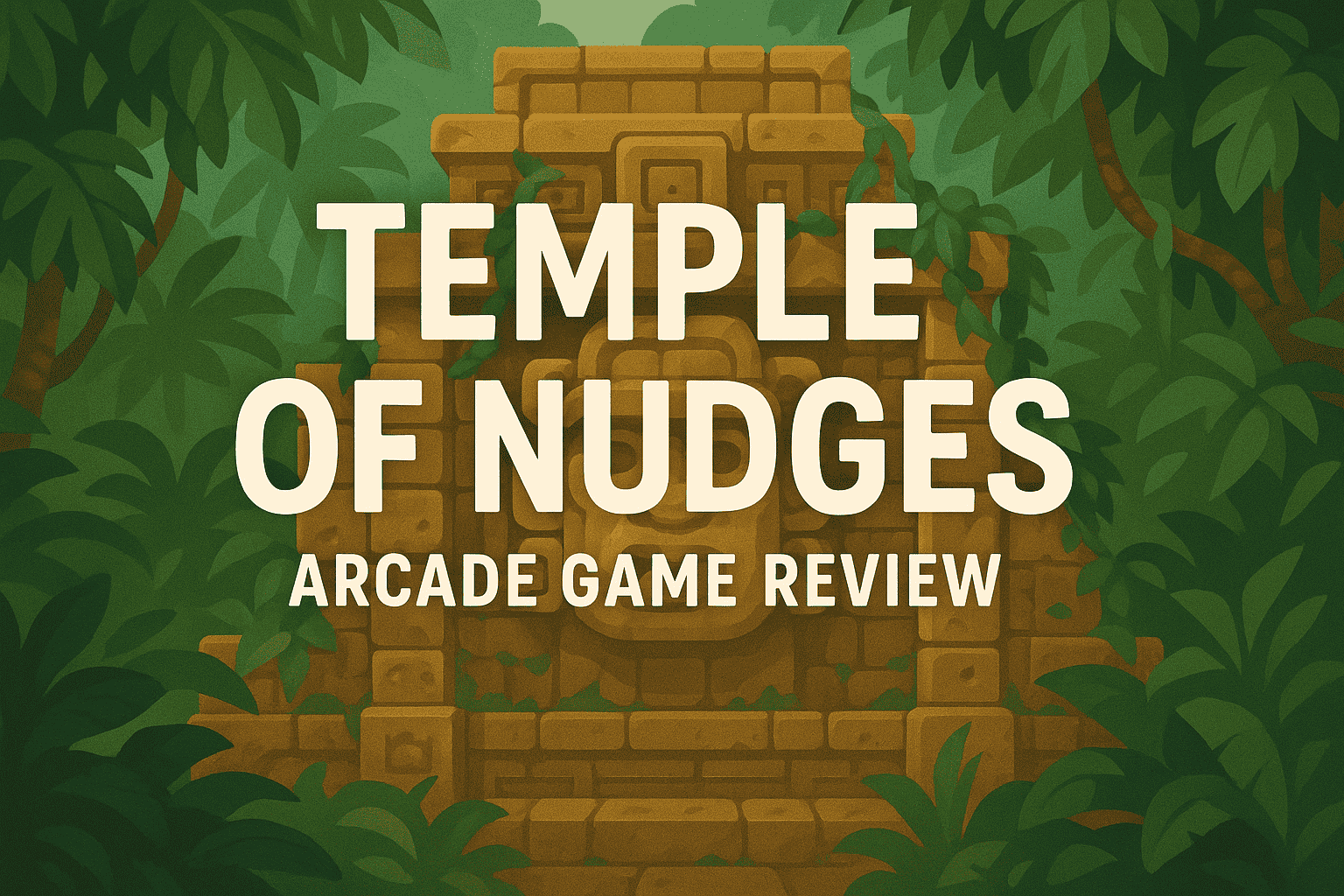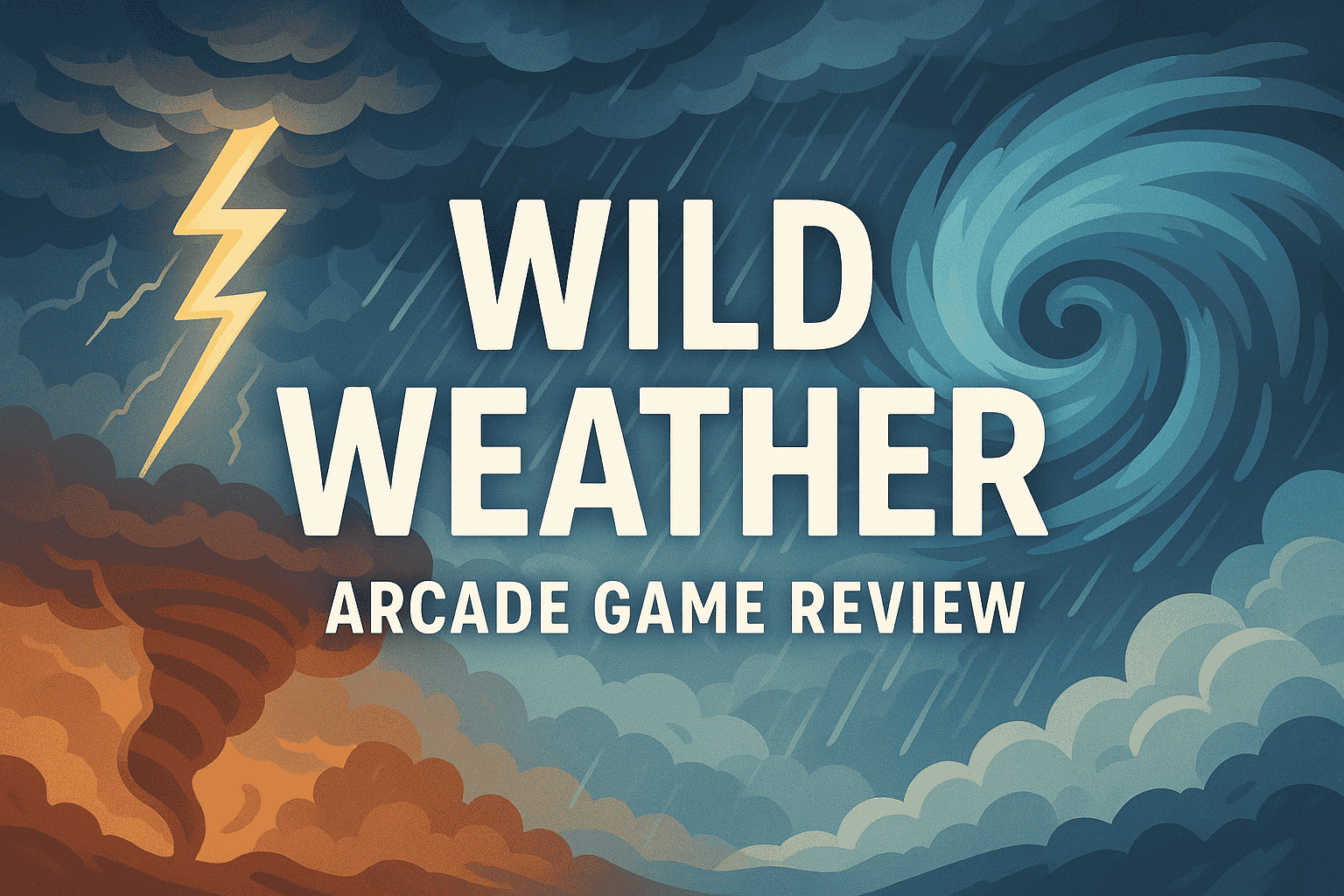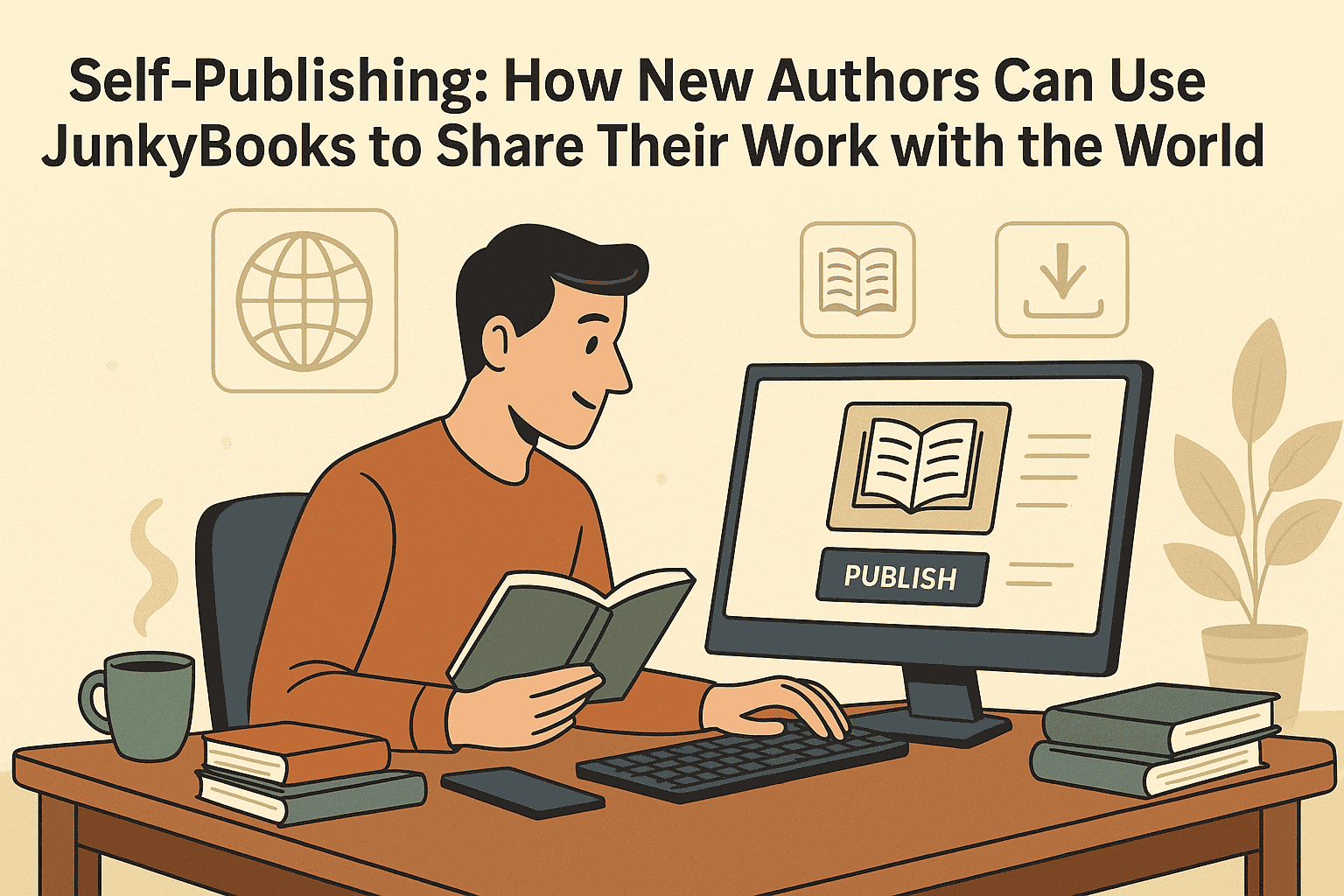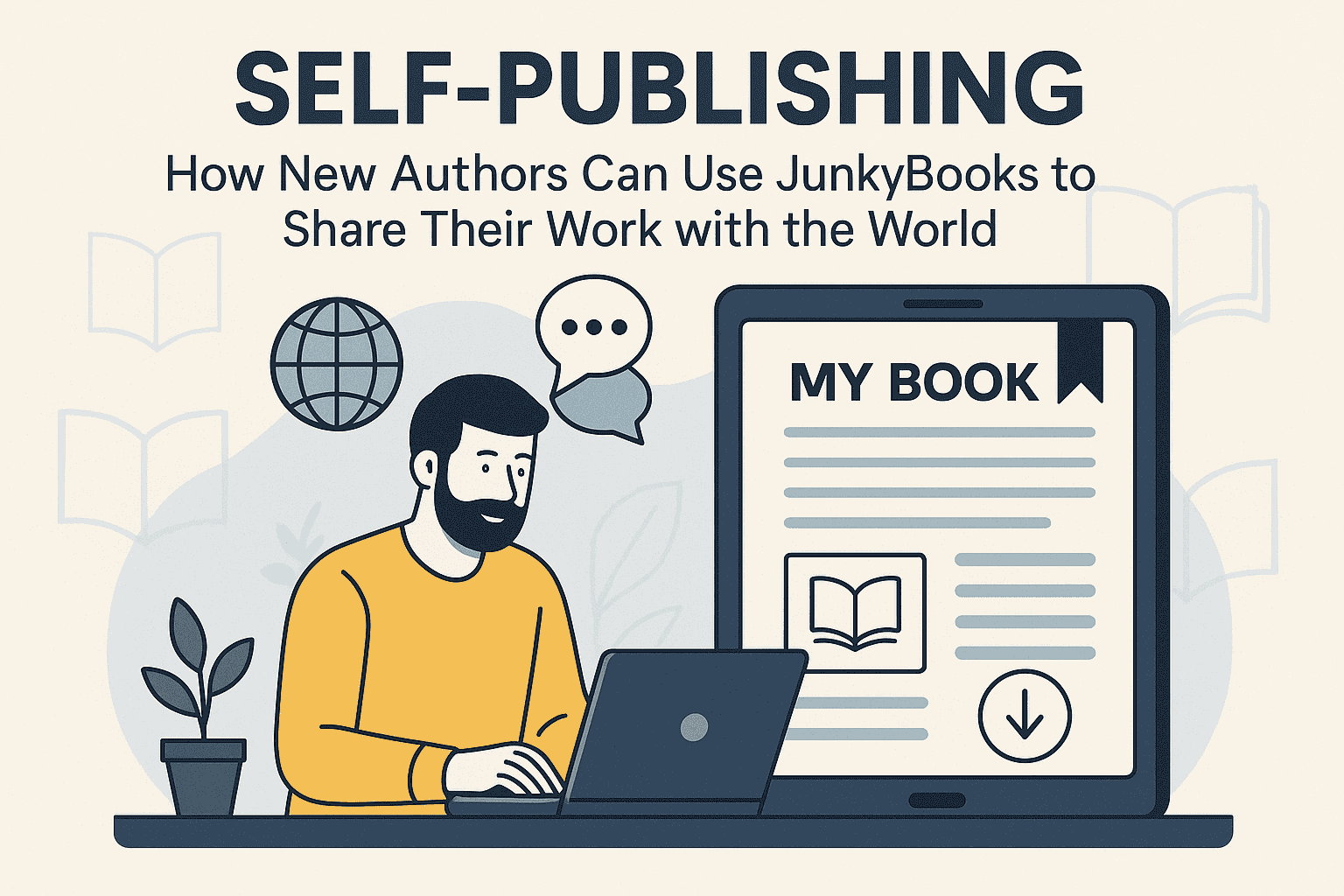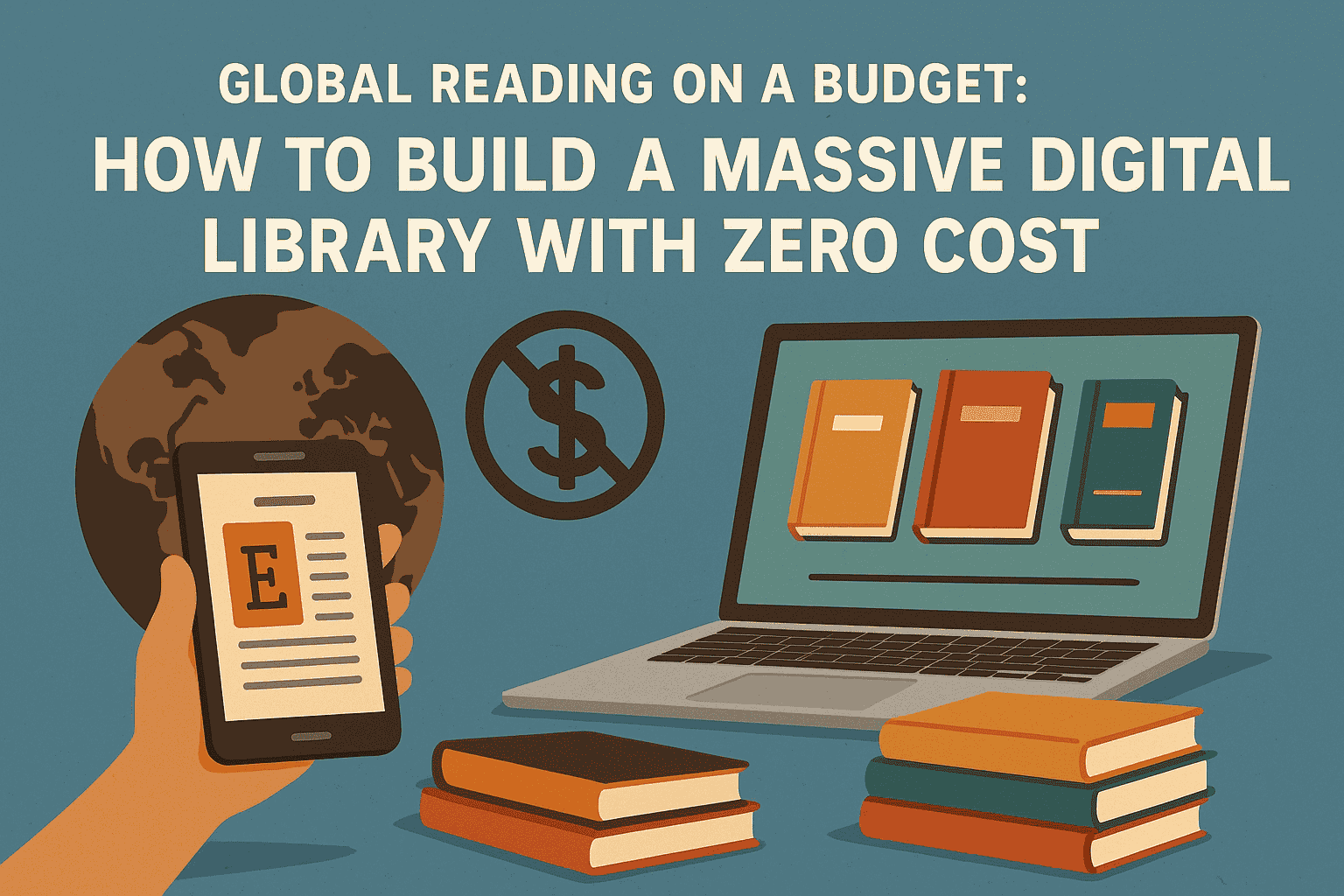The evolution of the hero archetype in literature
Heroes they're the heart and soul of countless tales that have captivated our imaginations for centuries. From the epic feats of ancient warriors to the introspective journeys of modern protagonists, the hero archetype in literature has undergone a fascinating evolution. In this blog post, we'll embark on a journey through time to explore how the concept of the hero has evolved, examining its origins, transformations, and enduring significance in storytelling.
Origins of the Hero Archetype
The hero archetype finds its roots in ancient mythologies and oral traditions, where larger-than-life figures embodied the ideals and aspirations of their cultures. Think of Gilgamesh in the Sumerian epic or Hercules in Greek mythology these legendary figures embarked on quests, battled mythical beasts, and faced moral dilemmas that resonated with audiences of their time. Their heroic deeds often symbolized courage, strength, and virtue, inspiring generations to uphold noble ideals and overcome adversity.
The Classical Hero: From Homer to Virgil
In classical literature, heroes like Achilles in Homer's "Iliad" and Odysseus in the "Odyssey" epitomized the ideals of heroism through their valor in battle, cunning intelligence, and perseverance against formidable odds. These heroes were often flawed yet possessed extraordinary abilities or qualities that set them apart from ordinary mortals. Their quests whether for glory, vengeance, or homecoming explored themes of honor, fate, and the complex relationship between gods and humans.
The Medieval Knight: Chivalry and Honor
During the Middle Ages, the hero archetype took on a new guise with the emergence of the chivalric knight. Characters like King Arthur and Sir Lancelot in Arthurian legends embodied the virtues of chivalry courage, loyalty, and humility. These knights embarked on quests for the Holy Grail, rescued damsels in distress, and upheld the code of honor that defined their noble lineage. The Arthurian tales not only celebrated heroism in battle but also explored the moral and ethical dilemmas faced by knights torn between duty and personal desires.
Renaissance and Enlightenment: The Intellectual Hero
With the Renaissance and Enlightenment periods came a shift in the hero archetype towards intellectual and philosophical pursuits. Characters like Faust in Goethe's "Faust" or Don Quixote in Cervantes' "Don Quixote" challenged traditional notions of heroism by embarking on quests for knowledge, truth, and self-discovery. These heroes grappled with existential questions, confronted their own limitations, and embarked on transformative journeys that transcended physical prowess to explore the depths of human intellect and spirit.
Romanticism: The Byronic Hero
The Romantic era introduced the archetype of the Byronic hero a figure characterized by brooding introspection, moral ambiguity, and a rebellious spirit. Lord Byron's "Childe Harold" and Emily Brontë's Heathcliff in "Wuthering Heights" embodied this archetype, captivating readers with their complex personalities and tumultuous passions. Byronic heroes often defied societal norms, wrestled with inner turmoil, and pursued unconventional paths that challenged conventional morality, making them compelling figures in literary exploration of human nature.
Modern and Postmodern Heroes: Anti-heroes and Beyond
In the modern and postmodern periods, the hero archetype underwent further evolution with the rise of anti-heroes and diverse representations of heroism. Characters like Jay Gatsby in F. Scott Fitzgerald's "The Great Gatsby" or Holden Caulfield in J.D. Salinger's "The Catcher in the Rye" questioned traditional ideals of heroism by grappling with disillusionment, alienation, and existential angst. These anti-heroes often navigated moral ambiguity, personal crises, and societal upheavals, reflecting the complexities of a rapidly changing world.
Contemporary Heroes: Diversity and Empowerment
In contemporary literature, the hero archetype continues to evolve with a focus on diversity, empowerment, and representation. Heroes from marginalized backgrounds, LGBTQ+ protagonists, and strong female characters like Katniss Everdeen in Suzanne Collins' "The Hunger Games" challenge stereotypes and inspire readers with their resilience, courage, and determination. These diverse narratives celebrate the multifaceted nature of heroism and reflect the evolving social and cultural landscapes of our time.
Conclusion: The Ever-Changing Face of Heroism
In conclusion, the evolution of the hero archetype in literature is a testament to its enduring relevance and adaptability across different eras and cultures. From ancient myths to contemporary novels, the hero continues to embody the aspirations, ideals, and complexities of humanity. Whether battling mythical beasts, confronting inner demons, or challenging societal norms, heroes remind us of our capacity for courage, compassion, and transformation.
As we continue to explore new narratives and reimagine age-old tales, let us celebrate the diversity and richness of the hero archetype in literature a reflection of our collective journey towards understanding what it means to be human, flawed, and ultimately heroic in our own unique ways.

